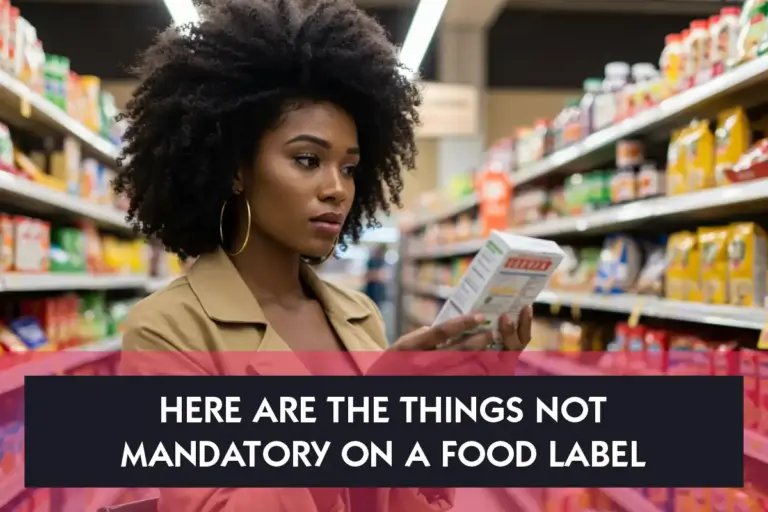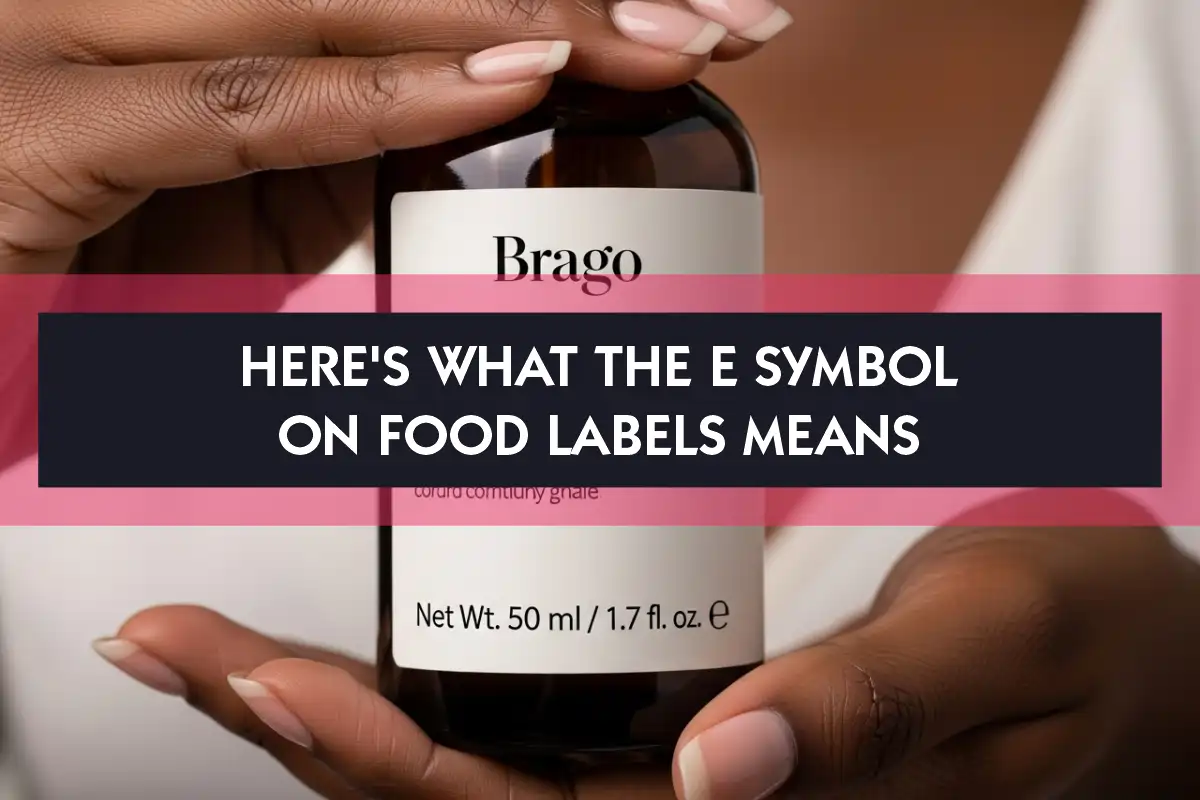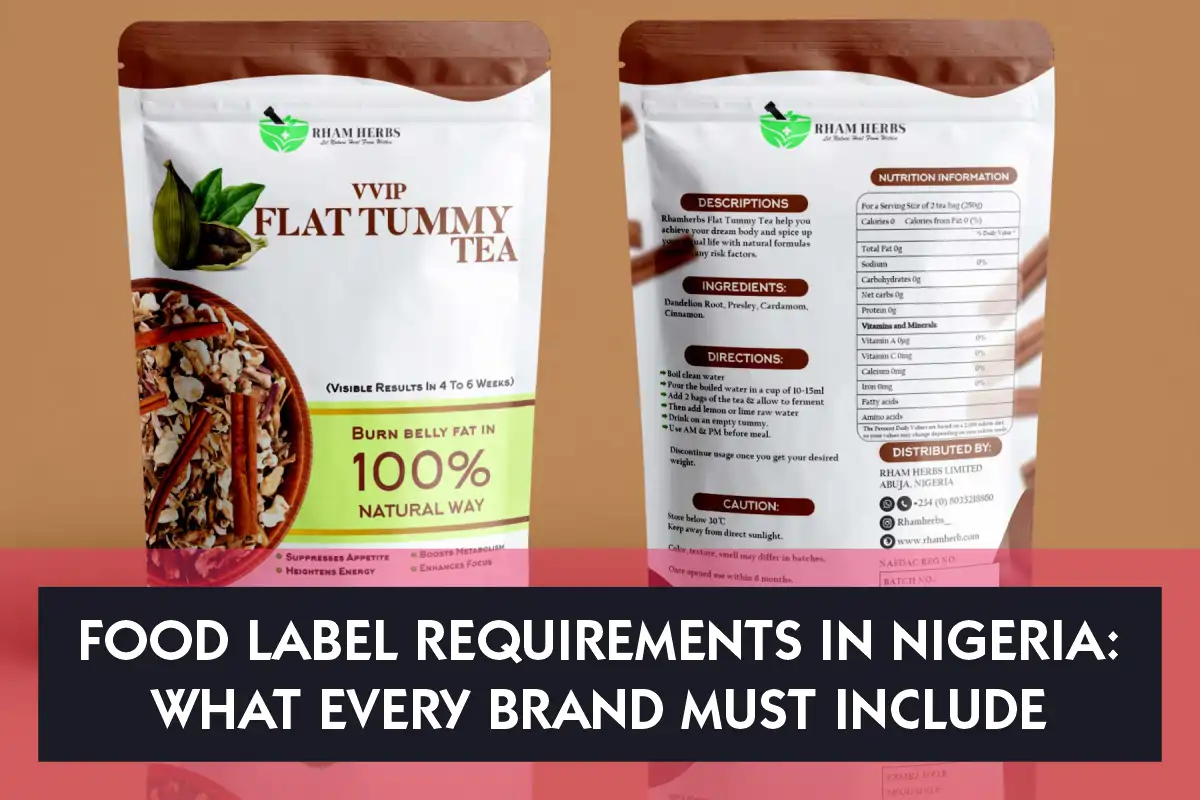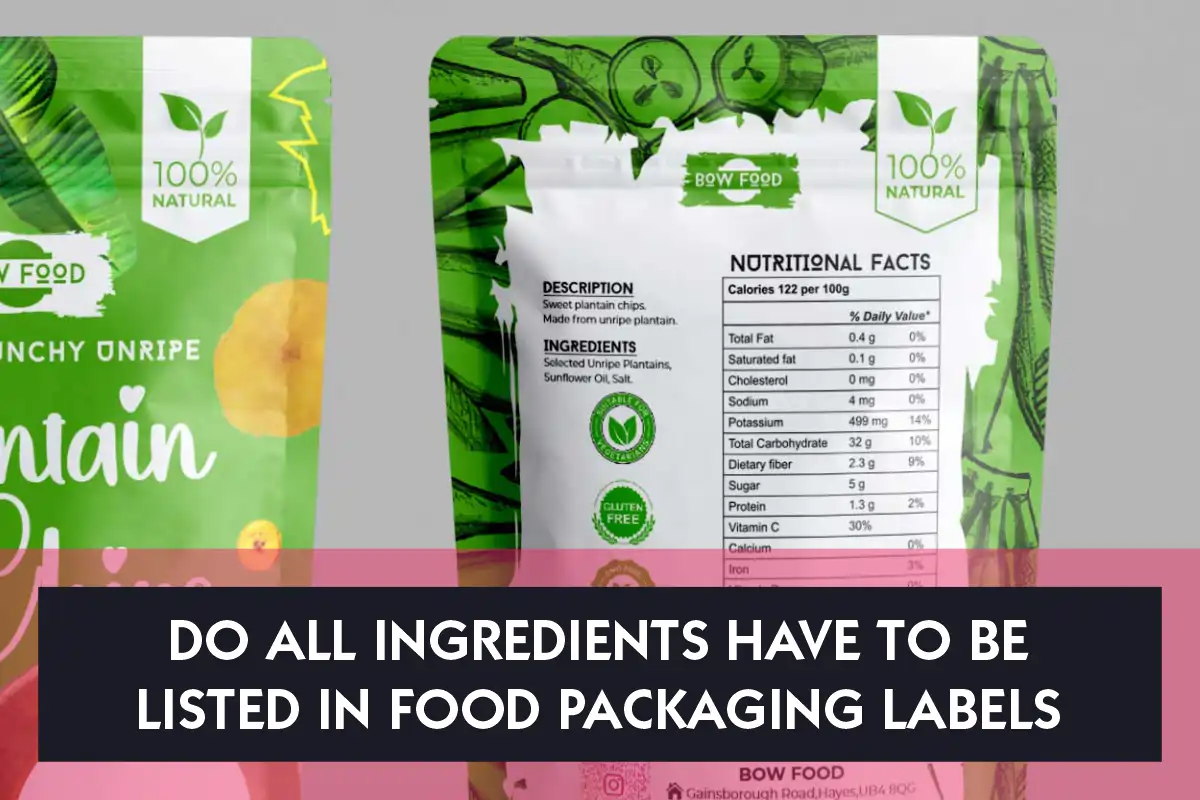Many people today are paying more attention to the food they eat. They want to know what is in their food, where it comes from, and how healthy it is. One way people do this is by reading food labels because these labels can tell you a lot of things, like how many calories a product has or what ingredients were used to make it.
But here’s something many people don’t know. Not everything you see on a food label is required by law. Some parts are added by the company to help sell the product or make it look more attractive.
By the time you are done reading, you will have a better understanding of what food companies must include and what they just choose to include.
Table of Contents
ToggleThings Not Mandatory On A Food Label
1) Serving Suggestions
When you look at a food label, you might see a nice picture showing the food served in a special way. For example, a box of cereal might show the cereal in a bowl with milk and fruit. A can of drink might show the drink poured into a fancy glass mug with ice on top. These are called serving suggestions. They are not required by law.
Serving suggestions are added by companies to make the product look better. They want to show you how good the food can look when prepared in a certain way. But this does not mean the food inside looks like the picture. It also does not mean that the added items, like milk or fruit, are included in the package. It’s just a suggestion, not a promise.
2) Health Claims Not Approved By Authorities
You might have seen labels that say things like “helps you stay active” or “good for the heart.” These are health claims. Some health claims are approved by food safety authorities. But many of them are not. Some companies use words that sound healthy even if they are not officially approved.
For example, words like “boosts energy” or “supports your immune system” can be written on a label even if there is no real proof. These kinds of claims are not always checked by the government before the product is sold. So, you should be careful and not believe every health claim on the label unless it is backed by strong proof.
3) Pictures And Graphics
Many food labels come with colorful images, happy families, fresh vegetables, or smiling farmers. These pictures are not required by law. They are just used for marketing. Their goal is to make you feel something or trust the brand more.
The problem is that these images can sometimes be misleading. Just because there is a picture of a farm does not mean the product came from a farm. Just because there is a happy child on the box does not mean the food is healthy for kids. These images are made to catch your eye, not to give facts.
Want To Print Something?
4) The Word “Natural”
The word “natural” is one of the most common words on food labels today. But many people do not know that it is not a regulated term in most places. That means companies can use the word “natural” even if the food is not fully natural.
Unless the food is certified organic or has another official certification, the word “natural” may not mean much. It might still have artificial ingredients, colors, or preservatives. So, do not always trust a product just because it says “natural” on the label.
5) Organic, Non-GMO, And Other Special Claims
Some food labels say things like “non-GMO” or “no added sugar.” These are known as special claims. Not all of them are required by law. Some of these claims may need proof if challenged, but most of the time, companies choose to add them on their own.
For example, a product that never contained sugar in the first place may still say “no added sugar” to attract more buyers. The same goes for “non-GMO.” These claims are used for marketing. While they may be true, they are not always important unless you are allergic or have specific dietary needs.
6) Storytelling And Brand History
Many food labels include a short story about the brand or the company. It might say something like “Since 1950, made with finest herbs.” Or it might tell you about how the founder started the company in their kitchen. These stories are not required by law.
They are written to make you feel closer to the brand. It’s a way of building trust and emotion. While there’s nothing wrong with telling a story, it’s good to remember that these stories are not facts you need to consider when choosing healthy food.
7) Recycling Symbols And Environmental Logos
Sometimes food packages show recycling signs or green logos to make the product look eco-friendly. Some of these symbols are official and have rules. But many others are just designed by the company to give the impression that the product is good for the environment.
For example, a green leaf on a package might make you think the food is healthy or organic. But in many cases, these logos are not checked by any third-party group. They are just pictures. So don’t always believe that a food product is healthy or good for the planet just because of a symbol.
8) Serving Size Suggestions
On some labels, you might find suggestions like “perfect for two” or “one teacup.” These are not required by any food law. They are just recommendations made by the company.
The official serving size is usually mentioned in the nutrition facts section, and that is the one regulated by authorities. The other suggestions are just made to influence how you use the product. They might also make you feel like the product gives more value, even when it doesn’t.
Want To Print Something?
9) Storage instructions are not always included
You might see labels saying “keep refrigerated” or “store in a cool, dry place.” This is useful information, but it is not always required by law for every type of food. Some products must have this because they can spoil easily, but others do not need to include it.
If storage instructions are missing, it could be because the food does not need any special storage or the company chose not to include it.
10) Contact Information And Websites
Most food packages include a phone number, email, or website link. This is good because it helps customers reach the company. But in many places, it is not a strict requirement. Companies add this because it improves customer service and builds trust.
Still, the presence of a website or contact does not mean the product is better or more reliable. Some very healthy and good products come from small companies that don’t have websites at all. And some bad products come with fancy websites and customer support.
Food labels can be very useful when you want to know what you are eating. But they can also be confusing if you don’t know what is really important. Many parts of a food label are added just for marketing, not because the law says they must be there. Pictures, emotional words, serving suggestions, and health claims are some examples of things that are not mandatory.
If you want to make better food choices, always focus on the things that are legally required, like the ingredient list, nutrition facts, and allergy information. Those are the parts that really tell you what’s in the food. Everything else is just extra, and while it may help, you don’t need to rely on it when making decisions about your food.




